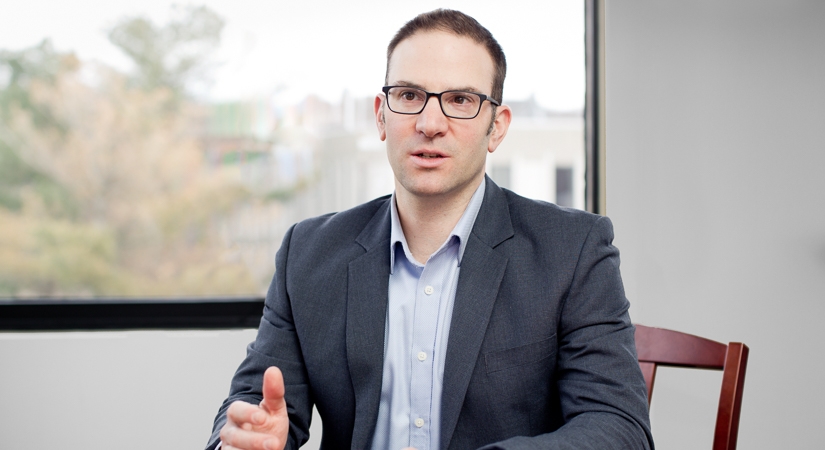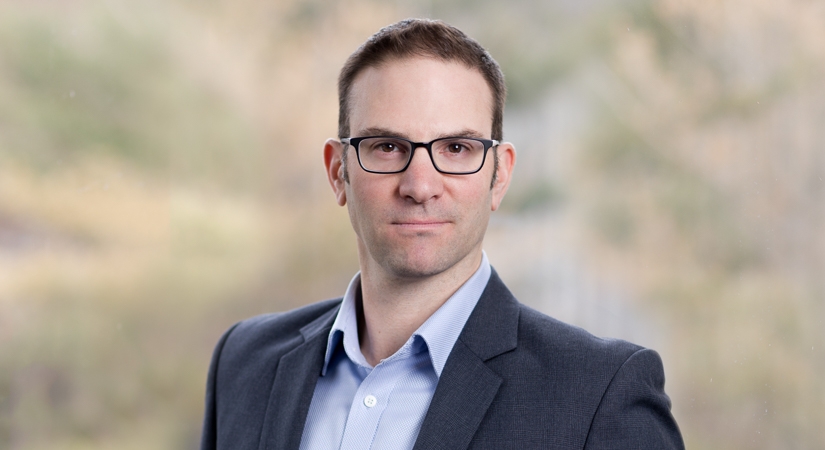Industry Wins First Round in California Climate Change Litigation
Yesterday, a California federal district court dealt a serious blow to two California cities’ climate change lawsuits against several major oil and gas companies. Judge William Alsup issued an order denying the plaintiffs’ motion to remand these high-profile actions back to state court, finding that “plaintiffs’ claims, if any, are governed by federal common law. Federal jurisdiction is therefore proper.” If the court’s order is sustained on a likely appeal to the 9th Circuit and the cases remain in federal court, plaintiffs’ novel climate change challenge will face a steep uphill battle.
Background
Last year, a number of California coastal counties and municipalities filed lawsuits in state court against large oil and gas companies. Plaintiffs alleged that the defendant fossil fuel companies knew that the extraction and sale of fossil fuel products would cause adverse climate impacts and promoted the sale and use of such products while concealing their harmful effects. The counties and cities further alleged that storm surge, sea level rise, and other climate change impacts will severely damage plaintiffs’ coastal properties.
The plaintiffs filed individual actions that can be generally separated into two groups:
- Six California counties and cities brought lawsuits against over thirty oil and gas companies. These suits alleged state common law torts including public and private nuisance, negligence, trespass, and failure to warn. These plaintiffs have requested broad relief including compensatory and punitive damages, abatement costs, and disgorgement of profits.
- The cases brought by San Francisco and Oakland share similar themes and causation theories, but are narrower in several respects. These suits named only five large oil and gas company defendants, and alleged only one cause of action, public nuisance. Likewise, the only remedy these cities have requested is money for an abatement fund to build a sea wall and related mitigation measures.
Until this point, climate change litigation has been largely a federal affair. In Kivalina v. ExxonMobil and AEP v. Connecticut, nuisance claims brought by plaintiffs against oil and gas and energy company defendants floundered in the federal courts. Specifically, courts found that plaintiffs’ federal common law claims were preempted by the Clean Air Act (CAA) and dismissed them. However, these decisions did not specifically rule on whether the CAA also preempted state climate change common law torts.
To avoid the same fate as the plaintiffs in Kivalina and AEP, the California plaintiffs have alleged state common law tort claims and brought suit in California state court. Whether the plaintiffs can maintain jurisdiction in state court could be, as a practical matter, a dispositive inflection point in these cases.
Jurisdictional Battle
Understanding the jurisdictional stakes, the defendants quickly removed all cases to federal court in the Northern District of California. The San Francisco and Oakland cases were designated to Judge Alsup, and the remaining cases were assigned to Judge Vince Chhabria.
The defendants moved for removal on several grounds, including: (1) pursuant to Kivalina and AEP, nuisance claims based on global warming are governed by federal common law, (2) the claims raise disputed federal questions related to federal domestic and foreign policy on greenhouse gas emissions, and (3) the claims are completely preempted by the CAA.
Judge Alsup’s order denying remand found that the plaintiffs’ claims were governed by federal common law. Citing AEP and Kivalina, the court stated that “a uniform standard of decision is necessary to deal with the issues raised in plaintiffs’ complaints. If ever a problem cried out for a uniform and comprehensive solution, it is the geophysical problem described by the complaints.”
However, the court also stated that, unlike those cases, “the Clean Air Act does not provide a sufficient legislative solution to the nuisance alleged to warrant a conclusion that this legislation has occupied the field to the exclusion of federal common law.” The scope and effect of the CAA will be important issues in these cases moving forward, regardless of their ultimate venue in state or federal court.
What’s Next?
An appeal to the 9th Circuit was a foregone conclusion for the losing side in this dispute, and the court’s order certified for interlocutory appeal “the issue of whether plaintiffs’ nuisance claims are removable on the ground that such claims are governed by federal common law.” In an order issued the same day, the court also invited counsel for the parties to conduct a “two-part tutorial on the subject of global warming and climate change” in about three weeks.
Importantly, the plaintiffs in the cases assigned to Judge Chhabria have also moved to remand those cases back to state court. Judge Chhabria suggested that he may rule the other way, stating from the bench that the parties’ dispute “is a straight preemption question that needs to be decided by the state court.” Remand in that case could create a split at the district court level requiring resolution by the 9th Circuit.
Beveridge & Diamond’s Air and Climate Change practice group helps private and municipal clients navigate all aspects of compliance with Clean Air Act regulations for criteria pollutants, hazardous air pollutants, greenhouse gases, and permitting processes. For more information, please contact the authors











